The New web3 Economy
In recent years, the Internet has undergone a transformation, shifting from a platform of information and basic services and utilities to an interactive, decentralized digital economy. At the forefront of this revolution is web3, a new paradigm for applications and services that leverage blockchain technology to create decentralized networks and marketplaces. One of the most groundbreaking innovations here is Non-Fungible Tokens (NFTs), unique digital assets that are redefining ownership, value, engagement and loyalty online. These technologies, together with other protocols, are constructing an ecosystem that heralds unparalleled opportunities for businesses, artists, and communities alike.
High Risks and Uncertainties for Traditional Brands
As traditional brands contemplate venturing into this uncharted territory, they are faced with a series of hurdles. web3 is laden with risks that range from financial and technological to cultural and regulatory. Navigating these uncertainties without proper guidance can prove to be not just challenging but also detrimental to the long-term sustainability of a brand’s web3 strategy. For established companies accustomed to a more controlled, centralized market environment, this new frontier is fraught with complexities that require a unique set of solutions.
The Power of Partnership
For brands keen on minimizing these risks and accelerating their entry into the digital economy, one strategy stands out: partnering with existing NFT projects that have already established vibrant, engaged communities. By aligning themselves with projects that have surmounted the usual pitfalls and gained community trust, brands can significantly mitigate risks, hasten time-to-market, and amplify brand loyalty in this new, decentralized world.
Let’s dig into the risks that traditional brands face when entering web3 and share how a strategic partnership with an established NFT community can serve as a formidable risk-mitigation strategy and a catalyst for adoption.
Risks for Brands Entering web3
On the face of it, web3 offers tremendous opportunities for innovation and community engagement. However, traditional brands must navigate a minefield of financial, technological, cultural, and regulatory challenges that come with the space. In addition to general market volatility, high initial costs and ROI uncertainties, brands entering web3 must contend with other challenges. There are legal gray areas as well as data privacy issues that must be dealt with. But a few major barriers to entry stand out:
Scalability Concerns
Blockchain networks have been plagued by scalability issues, limiting the transaction throughput and affecting user experience. Traditional brands that require fast, high-volume transactions may find existing blockchain infrastructures unsuitable for their needs.
Security Risks
Smart contracts, essential in many Web3 projects, are immutable once deployed. If there’s a bug or vulnerability, it could result in significant financial losses and damage to brand reputation.
Intellectual Property
When dealing with NFTs, copyright issues can become complex. Ensuring proper licensing and avoiding infringement is critical to a brand’s Web3 strategy.
Cultural Fit
Web3 communities have their own subcultures, languages, and shared rituals. Brands that fail to respect these unique characteristics risk alienating potential users.













